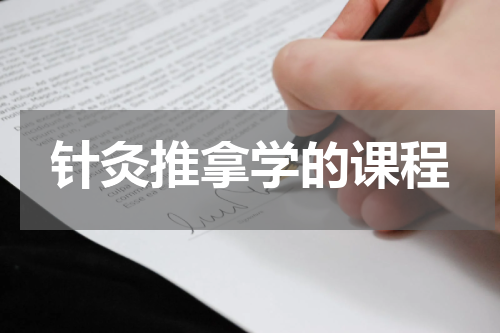黄帝内经是中国古代医学经典之一,分为内经和外经两部分。内经主要讲述经络、气血、五脏六腑、疾病治疗等方面,是中医理论的重要基础。以下为黄帝内经的经典篇章《素问》中的一些翻译:1.《素问·医要》有所不治者,病已至重也。重者难平,难平者难治也。

黄帝内经是中国古代医学经典之一,分为内经和外经两部分。内经主要讲述经络、气血、五脏六腑、疾病治疗等方面,是中医理论的重要基础。
以下为黄帝内经的经典篇章《素问》中的一些翻译:
1.《素问·医要》
有所不治者,病已至重也。重者难平,难平者难治也。(Whenever the disease has already developed into a severe state, there are some cases that cannot be cured. The severe the case, the more difficult to alleviate, and the more difficult to alleviate, the more difficult it is to cure.)
2.《素问·五常政大论》
人之生也,固以吐纳为期,阳气随出而随人而行,悔累而内伤。阴气随人而入而随内藏而行,悔累而内伤。(Man is born with respiration as the limit. Yangqi goes out and travels with people, and regrets accumulate and injure internally. Yin Qi enters with a person and travels with the internal organs, and regrets accumulate and injure internally.)
3.《素问·灵兰秘典论》
养阴者,以慎静为主,视静听慧,清谷为食。(To nourish Yin, one should emphasize calmness and stillness, pay attention to visual and auditory perception, and eat simple and bland food.)
4.《素问·六微旨大论》
天地之气,各有所在,天为阳,地为阴,人为微,故曰六微,人法天,地法人,天地合气,而成生命。(The qi of heaven and earth each have their own location, heaven belongs to Yang and earth belongs to Yin, human belongs to the micro, hence the six microcosms. Human follows the law of heaven, earth follows the law of human, and the combination of the qi of heaven and earth creates life.)










